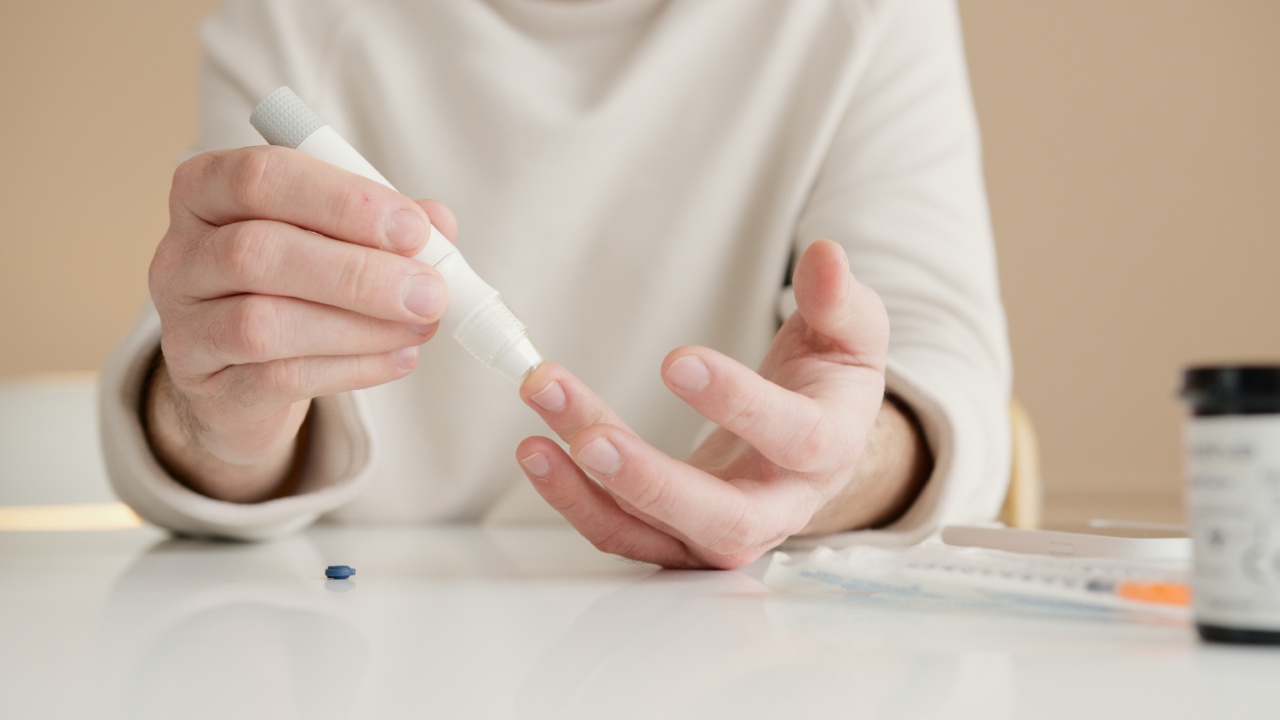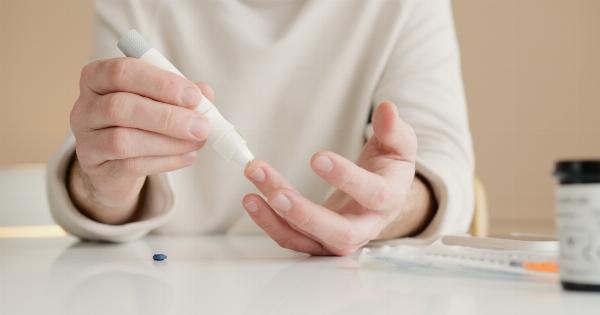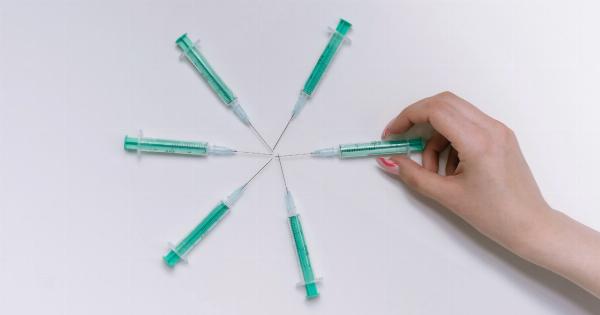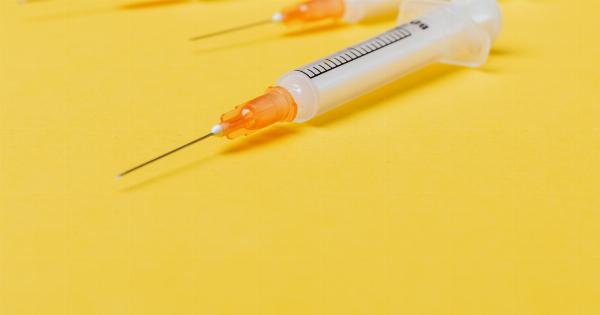Sugar measuring devices have been an integral part of managing diabetes for years. People with diabetes rely on these devices to monitor their blood glucose levels and make informed decisions about their diet and medication.
However, the process of pricking the finger to obtain a blood sample for testing can be painful and inconvenient. Fortunately, advancements in technology have led to the development of sugar measuring devices that significantly reduce the need for finger pokes.
1. Introduction
In this article, we will explore the innovative sugar measuring devices that aim to make the lives of people with diabetes easier.
These devices incorporate cutting-edge technology to provide accurate glucose readings without the need for constant finger pricking. We will delve into the features, benefits, and limitations of these devices, as well as their potential impact on diabetes management.
2. Continuous Glucose Monitoring (CGM) Systems
Continuous Glucose Monitoring (CGM) systems have revolutionized how individuals with diabetes monitor their blood sugar levels. These devices utilize a tiny sensor inserted under the skin that measures glucose levels in the interstitial fluid.
CGM systems provide real-time glucose readings and offer detailed data that can help users identify patterns and make informed decisions about their diabetes management.
3. Flash Glucose Monitoring Systems
Flash Glucose Monitoring systems are another breakthrough in diabetes technology. They consist of a small sensor placed on the back of the upper arm, which continuously measures glucose levels in the interstitial fluid.
Users can obtain glucose readings by scanning the sensor with a handheld reader device or a smartphone app. Flash Glucose Monitoring systems eliminate the need for finger pricks for glucose testing, making them an attractive option for individuals who want to reduce discomfort and inconvenience.
4. Non-Invasive Glucose Monitoring Technologies
Researchers and engineers have been working tirelessly to develop non-invasive glucose monitoring technologies. These devices aim to measure blood glucose levels without the need for any finger pokes or invasive procedures.
Various approaches, such as optical sensing, transdermal extraction, and breath analysis, are being explored to make non-invasive glucose monitoring a reality. While these technologies are still in the development stage, they hold significant potential for reducing the burdens associated with traditional glucose testing methods.
5. Accuracy and Reliability Considerations
When it comes to sugar measuring devices, accuracy and reliability are of utmost importance. Users rely on these devices to make critical decisions about their diabetes management, such as insulin dosing and dietary choices.
Therefore, manufacturers are continuously working to improve the accuracy and reliability of sugar measuring devices. Regulatory bodies also play a vital role in evaluating and certifying these devices to ensure they meet stringent accuracy standards.
6. Pros and Cons of Reducing Finger Pokes
While the idea of reducing finger pokes is enticing, it is essential to consider both the advantages and disadvantages of relying solely on sugar measuring devices without the need for finger pricks.
On one hand, avoiding finger pricks can significantly improve the quality of life for people with diabetes, eliminating the discomfort and inconvenience associated with traditional glucose testing. On the other hand, some individuals may prefer the reassurance of a blood sample analysis and may find it difficult to fully trust device readings.
7. Impact on Diabetes Management
The introduction of sugar measuring devices that reduce finger pokes has the potential to revolutionize diabetes management.
These devices empower individuals with diabetes to monitor their glucose levels more frequently and conveniently, leading to more effective management of the condition. Real-time data, accessible via smartphone apps or dedicated readers, allows for proactive adjustments in medication, diet, and exercise.
As a result, individuals can maintain optimal blood sugar control and reduce the risk of complications associated with diabetes.
8. The Future of Sugar Measuring Devices
Technology continues to evolve rapidly, leading to advancements in sugar measuring devices that promise even greater convenience and accuracy.
The future of diabetes management is likely to see the integration of artificial intelligence algorithms, predictive analytics, and cloud connectivity into portable and user-friendly glucose monitoring systems. These advancements will further enhance the capabilities of sugar measuring devices and provide valuable insights that can positively impact diabetes management.
9. Conclusion
Sugar measuring devices that reduce finger pokes have been a game-changer in diabetes management. These devices offer individuals with diabetes a convenient and less invasive way to monitor their blood glucose levels.
From CGM systems to non-invasive technologies, the options available continue to expand, providing more choices for people with diabetes. As technology advances, we can expect even more innovative solutions that will transform diabetes management and improve the lives of millions worldwide.





























